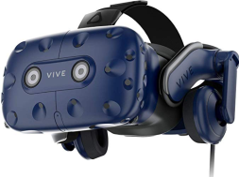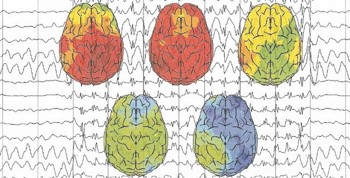Using Brain-Computer Interfaces for Human Vision Research (Nutzung von Gehirn-Computer-Schnittstellen zur Erforschung des menschlichen Sehens)
- Typ:Masterarbeit
- Datum:ab 03 / 2023
- Betreuung:
Using Brain-Computer Interfaces for Human Vision Research (Nutzung von Gehirn-Computer-Schnittstellen zur Erforschung des menschlichen Sehens)
Background
The human eye is a fascinating organ. The retina is a direct part of our brain.
In Ophthalmology (Ger: Augenmedizin) an important task for diagnosis and planning of treatment is the understanding and measurement of vision. More precisely we focus on the estimation of the visual field and visual acuity. Currently, the process of acquiring those is subjective and usually not fully automated. Brain-Computer-Interfaces could be used to obtain objective measurements. With such devices it might be possible to create fully automated systems supporting diagnosis.
Tasks
- Working with EEG and Brain Computer Interfaces
- Using visual stimuli (like SSVEPs) and visual patterns
- Working with Virtual Reality, Eye trackers and modern displays
- Using deep learning, data science or signal processing approaches for EEG data analysis
Required
- High amount of motivation
- Experience in programming or data science
- Background in medical or
- biological technologies are a plus



